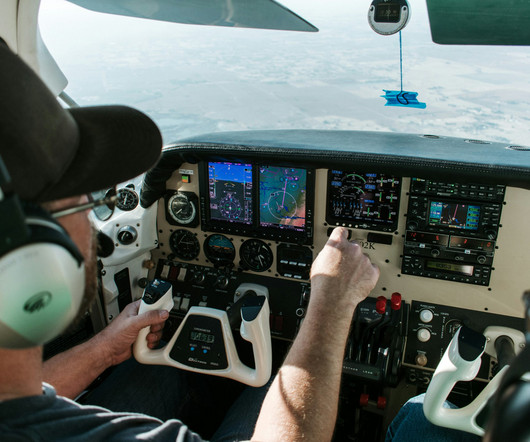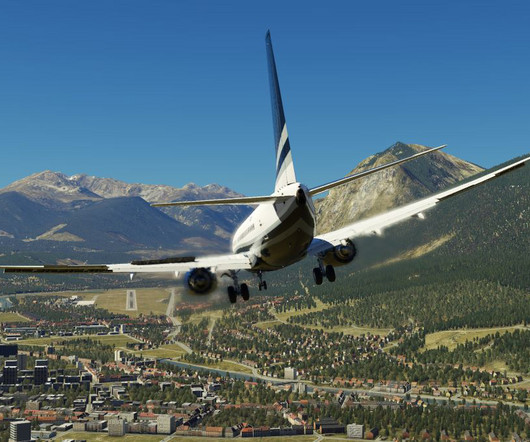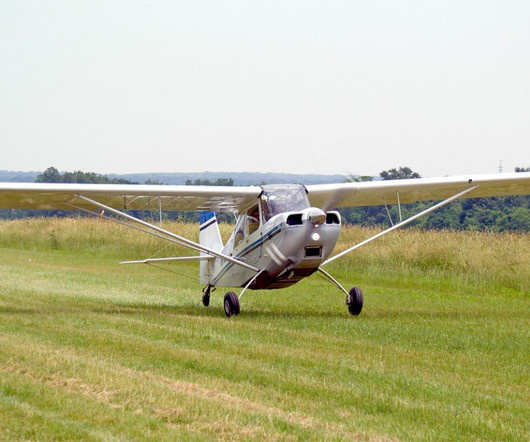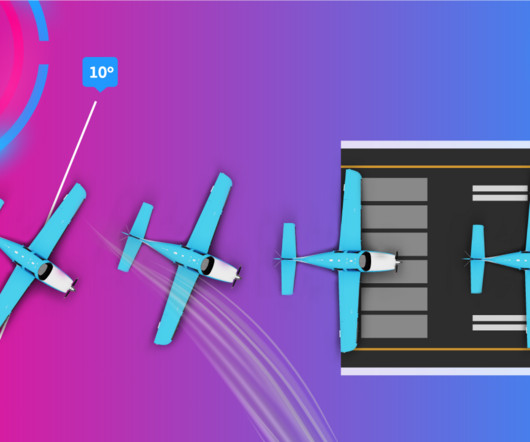Step-By-Step Guide To Performing Ground Reference Maneuvers
Northstar VFR
MARCH 30, 2025
On theupwind leg, expect slower groundspeed and shallow the bank angle when turning your crosswind. Use a crab angle again on the crosswind leg to track straight. Final Thoughts Ground reference maneuvers may seem basic, but theyre foundational for precise flying. Lets take a look at these ground reference maneuvers: 1.















Let's personalize your content